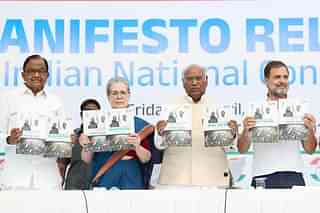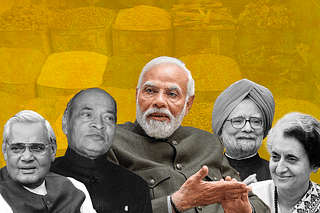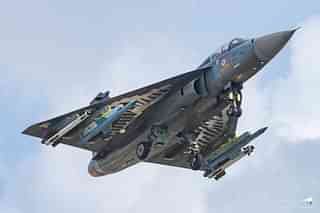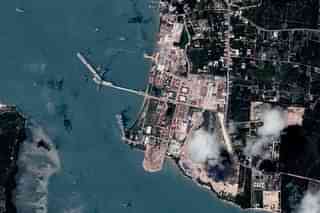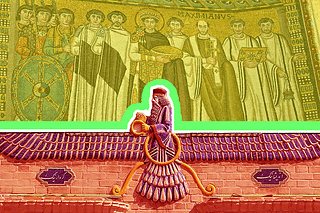World
Farewell Shimon Peres: Soldier Of Israel, Seeker Of Peace
Poulasta Chakraborty
Sep 28, 2016, 07:09 PM | Updated 07:09 PM IST
Save & read from anywhere!
Bookmark stories for easy access on any device or the Swarajya app.
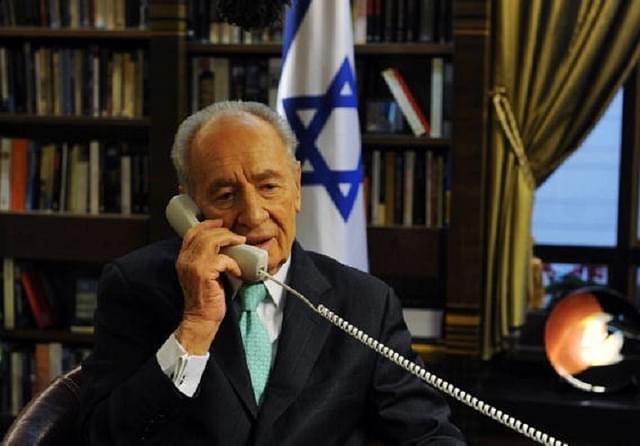
After commencement of the Oslo Peace Accords, the then foreign minister (and later President) of Israel, Shimon Peres quoted an ancient Greek philosopher regarding ending the conflict in the Middle-East:
“In war, the old bury the young. In peace, the young bury the old.”
It is difficult to say how much of that vision has been realised in the present as the Middle-East is embroiled in a bitter and gruesome conflict against radical Islam where the age difference between those being buried and those carrying out the burial seems vague.
However, it must have been that very vision which turned the once hawkish Zionist Peres to an ambassador of peace. Unfortunately, as the former president of Israel (who was one of the last veterans from the era of the state’s creation) breathed his last, his vision lies very far from being realised. Serving his duties as the prime minister along with being the minister of defence, foreign affairs, finance and, until 2014, as president, Peres was never absent from the politics of Israel in the last seven decades.
For many Israelis as well as observers of Middle-East politics, Shimon Peres’ legacy is almost entwined with the Oslo Accords. The Oslo saga came to be seen as a stepping stone to peace in the region, leading to the creation of the Palestinian Authority.
Looking at the situation that is there in Israel, one would be correct to remember Peres with scepticism. But a man’s legacy cannot be reduced to one failure. It will not be incorrect to say that the legacy of Shimon Peres and the journey of his life reflects that of the state of Israel itself.
Early Life
Born as Shimon Persky on 16 August 1923, in the small village of Vishniewa, Poland, Peres migrated to Palestine, with his family, when he was 11. From a very young age, he was committed to the Zionist project of creating a Jewish homeland and was an active member of the Mapai, (Israel’s Labour Party). It was a testament to his dedication that he became the director of the youth movement of the General Labor Federation when he was just 18.
Young Shimon quickly learned the workings of Israeli political life. In 1944, David Ben-Gurion, the then head of the Jewish Agency for Palestine, assigned Peres to a mission with a small scouting group based in Eilat on the Red Sea to survey the Sinai Desert and mark the important strategic locations. It is during that mission that a friend sighted a nest of eagles, “peres” in Hebrew, and on noticing the sharpness of Shimon’s workings, suggested that the latter change his name from Persly to Peres. Peres agreed.
Two years after the state of Israel came into existence in 1948, Peres was asked to visit the United States to lead a defence supply mission in New York. While working there, he took courses at the New School for Social Research and New York University, and later at the Harvard School of Public Administration.
Bringing Israel To The Global Stage
In 1951, Israel’s first prime minister, David Ben-Gurion chose Peres to be the director-general of the Defense Ministry, where he played a major role in developing the nation’s defence industry, particularly its aeronautic and electronic arms. The present day dominance Israel has in these areas can be said to be the result of Shimon Peres’ vision.
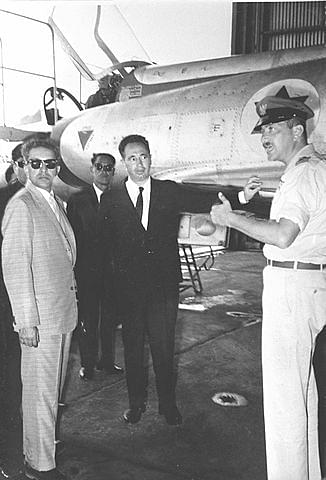
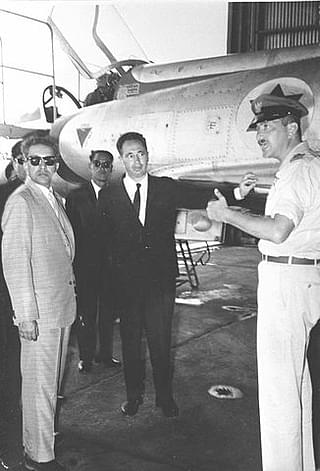
But Shimon, still in his thirties, was not content with just improving technical prowess.
True to his name, ‘Peres’ the eagle kept an eye out for fostering international ties for the budding Jewish state. In the nineteen fifties when Egypt obtained sophisticated military equipment from the Soviet Union, Shimon advised his colleagues to approach France.
Undeniably, his timing was brilliant. The French leadership assumed that the insurrection against their rule in Algeria was driven by Gamal Abdel Nasser of Egypt, making Israel an evident ally. Peres agreed on a $1 billion arms deal along with acquiring France’s help in building a nuclear reactor in Dimona, initiating the development of Israel’s tacit nuclear programme. Shimon’s success among the French dispensation was underscored in 1957 when Peres was awarded the French Legion of Honour.
The Franco-Israeli alliance was on full display during the 1956 Suez crisis when both nations joined Britain in invading Egypt. Prime Minister Ben-Gurion was initially against the exercise as he felt a pre-emptive war would be damaging for Israel regarding public opinion. On the contrary, Peres saw it as an opportunity to send the message to the superpowers that the Jewish state was more than prepared for countering any threat, whether perceived or real. The budding Jewish state’s suppleness to the consequential conflicts in the future can be underscored from this line of thinkingIn the fifties and sixties, Peres was a staunch believer in cultivating friendly ties with Europe. Besides France, Peres negotiated a steady arms deal with the then defence minister of West Germany Franz Josef Strauss. But when USSR-Egypt relations were getting strengthened, the same Peres approached the other superpower, the United States. He would visit Washington frequently and meet with Presidents John F. Kennedy and Lyndon B. Johnson. This advice of his reflected Israel’s shift in alliance to the United States from Europe in the coming decades.
Advocate Of Peace
Several mainstream scholars still opine that the primary diplomatic victory of Shimon Peres came in 1993 when he negotiated with the Palestine Liberation Organization for self-government in both Gaza and part of the West Bank, both occupied by Israel since 1967.
The Oslo accords were a follow up for Peres’ earlier aims to get a peace settlement, in 1987, between Israel and Jordan. He suggested that Jordan and Israel could either divide the land or share the government but those attempts were scuttled by political opposition in both countries. The same Peres who once rejected any negotiation with hostile Arab states was now seen advocating peace. To paraphrase Bob Dylan, ‘the times they were a changing.’
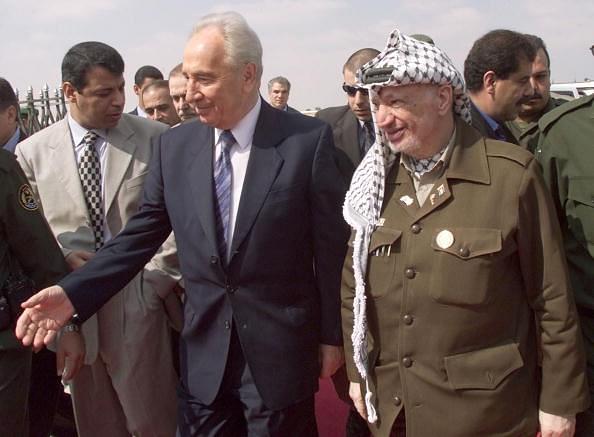
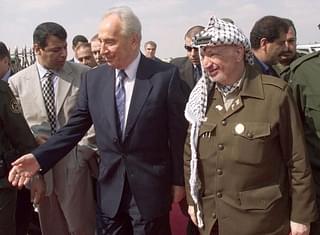
Unfortunately, the Oslo accords, which earned Peres as well as PLO head Yasser Arafat the Nobel Peace Prize, seemed like a futile exercise as by the decade's end a new round of violence known as the second intifada broke out in the Palestinian territories. But until the very end of his life, Peres remained hopeful that negotiations were paramount to have Israel and Palestine living together minus the strife.
Statesman or Political Fixer?
Shimon Peres’s domestic political journey outlines Israel’s metamorphosis from a defensive Jewish state to what many now call an aggressive Zionist entity. Many dedicated Labour supporters believe Shimon Peres used the party only for his own political gains and was nothing more than an opportunist. Indeed, his time in office ensured the growth and popularity of the Likud party at the expense of Labour. Even the political rhetoric went from being defensive to be assertive.
In the late nineteen sixties, Peres tried to negotiate a coalition government comprising of the Menachem Begin-led Herut Party, despite his mentor Ben-Gurion’s belief that Begin would bring Israel to the “precipice of destruction.” One decade later in 1977, Peres’ politicking led the way for the election of the Likud party led by Menachem Begin (Likud was a coalition of like-minded right-wing Zionist groups).
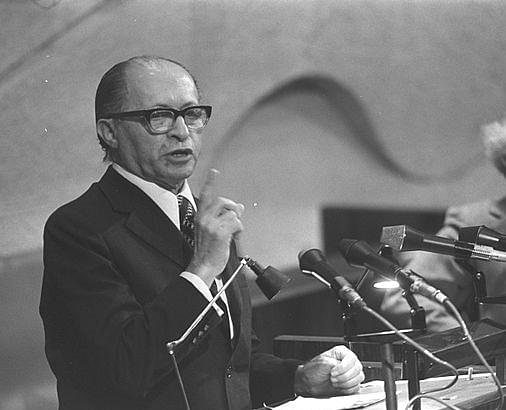
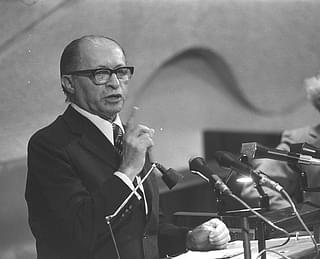
Many historians opine that Shimon Peres reached out to Likud so that he can stake his claim as Israel’s Prime Minister which finally happened in 1984 when he led his Labour Party into coalition, with Likud head Yitzhak Shamir serving as deputy prime minister and foreign minister. By the coalition agreement, the two men exchanged posts after 25 months.
The coalition was a sign of changing scenarios in Israel where the established European Jewry was not getting along with the Middle Eastern Jews, followed by animosities between religious Jews and atheist Zionists. This was reflective of the period of religious revivalism in the whole of Middle-East with the Iranian revolution as well as Islamists gaining political space in Egypt and Algeria.
Peres-Shamir crafted the coalition to show national unity and also usher in a period of socio-economic progress. Peres’ reign as Prime Minister also marked his departure from hawkish stands as he directed the withdrawal of Israeli forces from Lebanon, which was earlier invaded by Israel earning international rage. Adding fuel to the rage was the disclosure in 1986 of Israeli involvement in the Iranian arms deals.
But Peres’s most glowing achievement during his time in office was the clandestine airlifting of thousands of Ethiopian Jews from refugee camps in Sudan. Starvation and anti-Semitism put the lives of the Jews in Ethiopia in peril. He returned to office as foreign minister in July 1992 but in 1996, Benjamin Netanyahu-led Likud dislodged his government.
Later, when Ariel Sharon became prime minister in 2001, Peres again showed what his critics termed as ‘political opportunism’ by joining the Sharon government in a bid for national unity. Four years later, Peres ended his sixty-year long association with the Mapai Party and joined the new centrist Kadima headed by Ariel Sharon (who also left his original party, the Likud).
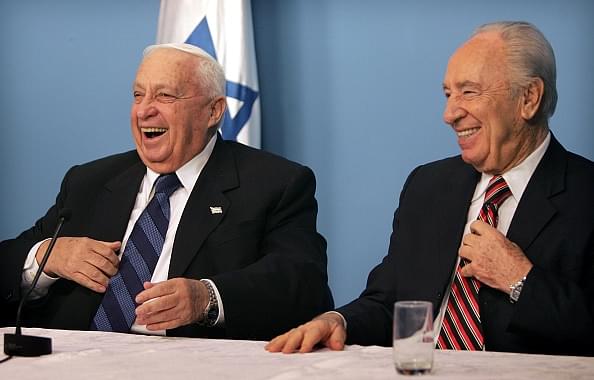
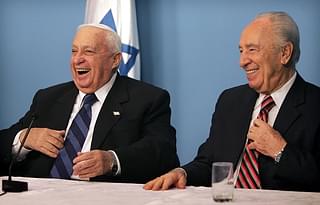
Irrespective of being called an opportunist, there is unanimity that Peres converted Sharon from hawk to dove to usher in peace. The result was that Sharon, who as a military commander did not hesitate to use harsh military tactics in the Lebanese civil war, as Israel’s PM ensured the withdrawal of soldiers and Jewish settlers from Gaza Strip after more than 30 years of occupation. But like the 1993 accords, this gesture did not stall the violent uprisings in the Palestinian territories.
He was elected by the Knesset (Israeli Parliament) in 2007 for a seven-year term as president. Despite it being a ceremonial post, Peres used the presidency to exert his influence on public opinion. He finally retired from political life as a jovial statesman.
The real legacy of Shimon Peres
How will the present generation of Israelis judge their former leader? Was he a wheeling-dealing opportunist, an uncompromising hawk, or a devoted Zionist ?
To quote him-
For 60 years, I was the most controversial figure in the country, and suddenly I'm the most popular man in the land. Truth be told, I don't know when I was happier, then or now…
In reality, Shimon Peres’ life reflects the growth of the Jewish state itself. From a shrewd strategist to a valiant defender, from a strong hawkish nationalist to an advocate of peace, one can chart the journey of Israel and Shimon Peres simultaneously.
Save & read from anywhere!
Bookmark stories for easy access on any device or the Swarajya app.
Introducing ElectionsHQ + 50 Ground Reports Project
The 2024 elections might seem easy to guess, but there are some important questions that shouldn't be missed.
Do freebies still sway voters? Do people prioritise infrastructure when voting? How will Punjab vote?
The answers to these questions provide great insights into where we, as a country, are headed in the years to come.
Swarajya is starting a project with an aim to do 50 solid ground stories and a smart commentary service on WhatsApp, a one-of-a-kind. We'd love your support during this election season.
Click below to contribute.

